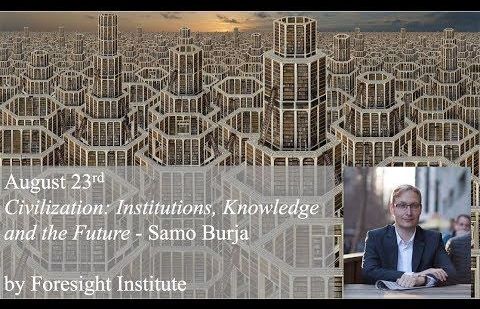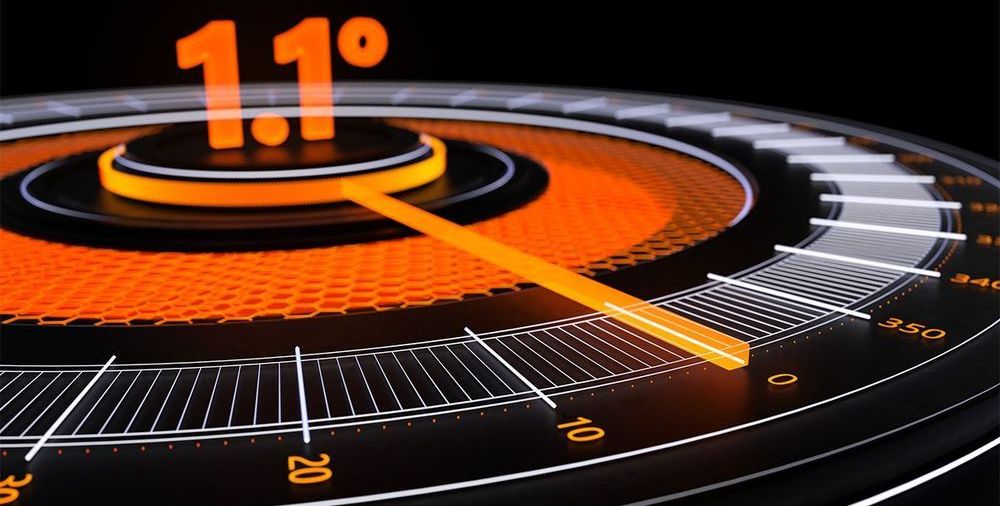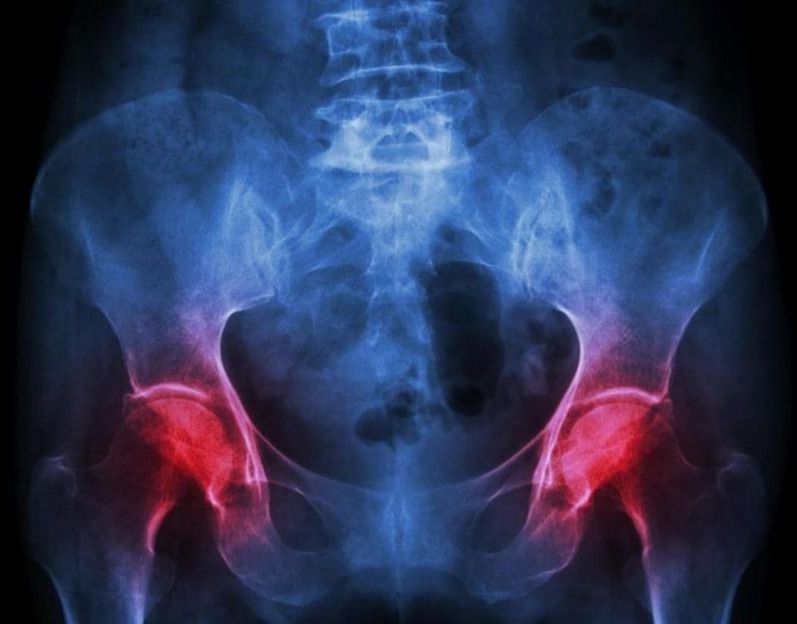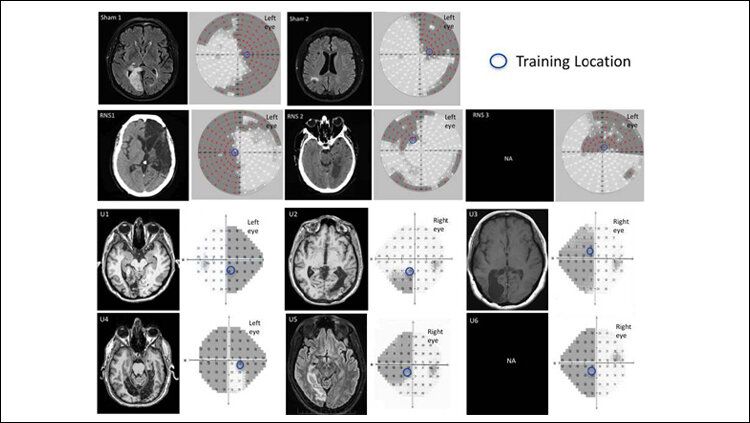Page 8791
May 29, 2019
Astounding AI Guesses What You Look Like Based on Your Voice
Posted by Genevieve Klien in category: robotics/AI
May 28, 2019
What’s the Magic Behind Graphene’s ‘Magic’ Angle?
Posted by Genevieve Klien in category: materials
A new theoretical model may help explain the shocking onset of superconductivity in stacked, twisted carbon sheets.
May 28, 2019
Astronomers find ‘Forbidden’ planet in ‘Neptunian Desert’ around its star
Posted by Genevieve Klien in category: space
An exoplanet smaller than Neptune with its own atmosphere has been discovered in the Neptunian Desert around its star by an international collaboration of astronomers, with the University of Warwick taking a leading role.
The rogue planet was identified in the new research, led by Dr Richard West including Professor Peter Wheatley, Dr Daniel Bayliss and Dr James McCormac from the Astronomy and Astrophysics Group at the University of Warwick.
NGTS is situated at the European Southern Observatory’s Paranal Observatory in the heart of the Atacama Desert, Chile. It is a collaboration between UK Universities Warwick, Leicester, Cambridge, and Queen’s University Belfast, together with Observatoire de Genève, DLR Berlin and Universidad de Chile.
Continue reading “Astronomers find ‘Forbidden’ planet in ‘Neptunian Desert’ around its star” »
May 28, 2019
Go running over cycling to avoid brittle bones, men told
Posted by Genevieve Klien in category: futurism
Men should favour weight lifting and running over cycling in order to preserve their bones, scientists have said after a study suggested brittle bone disorders are more common than previously thought.
Scientists measuring the bone density of men and women between the ages of 35 and 50 found 28 per cent of men showed precursor signs of osteoporosis, compared to 26 per cent of women.
The results are surprising because the debilitating condition, which affects around three million people in the UK, is more commonly associated with women than men.
Continue reading “Go running over cycling to avoid brittle bones, men told” »
May 28, 2019
Civilization: Institutions, Knowledge and the Future — Samo Burja
Posted by Xavier Rosseel in categories: futurism, materials

Our civilization is made up of countless individuals and pieces of material technology, which come together to form institutions and interdependent systems of logistics, development and production. These institutions and systems then store the knowledge required for their own renewal and growth.
We pin the hopes of our common human project on this renewal and growth of the whole civilization. Whether this project is going well is a challenging but vital question to answer.
Continue reading “Civilization: Institutions, Knowledge and the Future — Samo Burja” »
May 28, 2019
Researchers crack an enduring physics enigma
Posted by Genevieve Klien in categories: mathematics, physics
For decades, physicists, engineers and mathematicians have failed to explain a remarkable phenomenon in fluid mechanics: the natural tendency of turbulence in fluids to move from disordered chaos to perfectly parallel patterns of oblique turbulent bands. This transition from a state of chaotic turbulence to a highly structured pattern was observed by many scientists, but never understood.
At EPFL’s Emerging Complexity in Physical Systems Laboratory, Tobias Schneider and his team have identified the mechanism that explains this phenomenon. Their findings have been published in Nature Communications.
May 28, 2019
Brain stimulation enhances visual learning speed and efficiency
Posted by Genevieve Klien in categories: biotech/medical, neuroscience
Practice results in better learning. Consider learning a musical instrument, for example: the more one practices, the better one will be able to learn to play. The same holds true for cognition and visual perception: with practice, a person can learn to see better—and this is the case for both healthy adults and patients who experience vision loss because of a traumatic brain injury or stroke.
The problem with learning, however, is that it often takes a lot of training. Finding the time can be especially difficult for patients with brain injuries who may, for instance, need to re-train their brains to learn to process visual cues.
May 28, 2019
The world’s most beautiful headphones are here, and they’re made of fungus
Posted by Quinn Sena in category: futurism
And other biomaterials such as bacteria and biosynthetic spider silk.
- https://twitter.com/share?url=https://www.fastcompany.com/90…%20fungus” rel=“noopener noreferrer”>
2 minute Read.
May 28, 2019
Ancient fungi may have laid the groundwork for complex life
Posted by Quinn Sena in categories: biotech/medical, habitats
But previous examination of the fungal “molecular clock,” using DNA-based methods, suggested that fungi may have evolved much earlier, between 760 million and 1.06 billion years ago. Extracted from Arctic Canadian shales, the newly discovered billion-year-old fossilized fungal spores and hyphae (long thin tubes) plug the gap in the fossil record and suggest that fungi may have occupied land well before plants.
The fungal fossils were found in rocks that were probably once part a shallow-water estuary. Such environments are typically great for fungi thanks to nutrient-rich waters and the build up of washed-up organic matter to feed on. The high salinity, high mineral and low oxygen content of these ancient coastal habitats also provided great conditions to perfectly preserve the tough chitin molecules embedded within fungal cell walls that otherwise would have decomposed.
While it’s not certain whether the newly-discovered ancient fungi actually lived within the estuary or were washed into the sediments from the land, they show many of the distinctive features you’d expect in modern terrestrial fungi. The germinating spores are clearly defined, as are the branching, thread-like tubes that help fungi explore their environment, named hyphae. Even the cell walls are distinctively fungal, being made up of two clear layers. In fact, if you didn’t know they were so old, you’d be hard-pressed to distinguish them from modern fungi.
Continue reading “Ancient fungi may have laid the groundwork for complex life” »

















